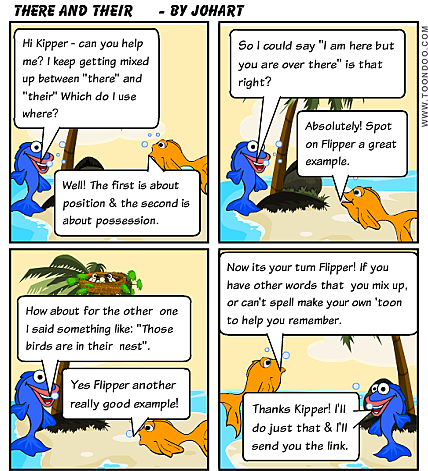The Centacare Employment and Training course “Skills for Education and Employment” (SEE) caters for adult learners from a wide range of ages and diverse backgrounds. Currently many of our clients include people with limited schooling who may be learning to read or write for the first time.
Clients attend classes seeking to improve their English and obtain the skills and language necessary to find a job. Their learning is often affected by factors such as:
- dealing with trauma and loss due to fleeing from war
- limited literacy in their own language
- anxiety and depression
- separation from family members
  |
The programme consisted of a number of activities and stages. The teacher created tasks to cover aspects of the Initial and Introductory CGEA curriculum. The activities included:
- Reading about what to pack in the boxes: VU21286 Engage with short simple texts to participate in the community
- Shopping for items using a donated budget: VU21291 Recognise numbers and money in simple, highly familiar situations
- Reading a class book about the shopping excursion: VU21286 Engage with short simple texts to participate in the community
- Graphing amounts of money spent in each store: VU21312 Work with and interpret statistical information in simple, familiar texts
- Volunteering at the Operation Christmas Child processing centre
- Writing a recount about the volunteering experience: VU21290 Create short simple texts to participate in the community
- Writing a thank you email to the Processing Centre Supervisor: VU21290 Create short simple texts to participate in the community
Students’ recounts were then compiled and displayed in the lunch-room. This gave the students the opportunity to have their work ‘published’ for other classes to view and provided a conversation point around the coffee table at lunch time.
The project was a great success as it enabled students to contribute something towards the community, interact with new people and work together as a team. The supervisor at the processing plant was kind enough to respond to each student’s email, giving them a sense of pride in their efforts.
Other classes have participated in a variety of community projects which I am happy to write about in the future.
If you wish to know further details about this or other projects we have done, feel free to ask questions through the Google Groups CGEA Network.
Claire Willis















 Karrayili has been delivering Driver Education for the last 25 years supporting Fitzroy Crossing, town communities and communities of the Fitzroy Valley. For more information contact General Education Coordinator, Emilia Biemmi Beurteaux on 08 9191 5333.
Karrayili has been delivering Driver Education for the last 25 years supporting Fitzroy Crossing, town communities and communities of the Fitzroy Valley. For more information contact General Education Coordinator, Emilia Biemmi Beurteaux on 08 9191 5333.